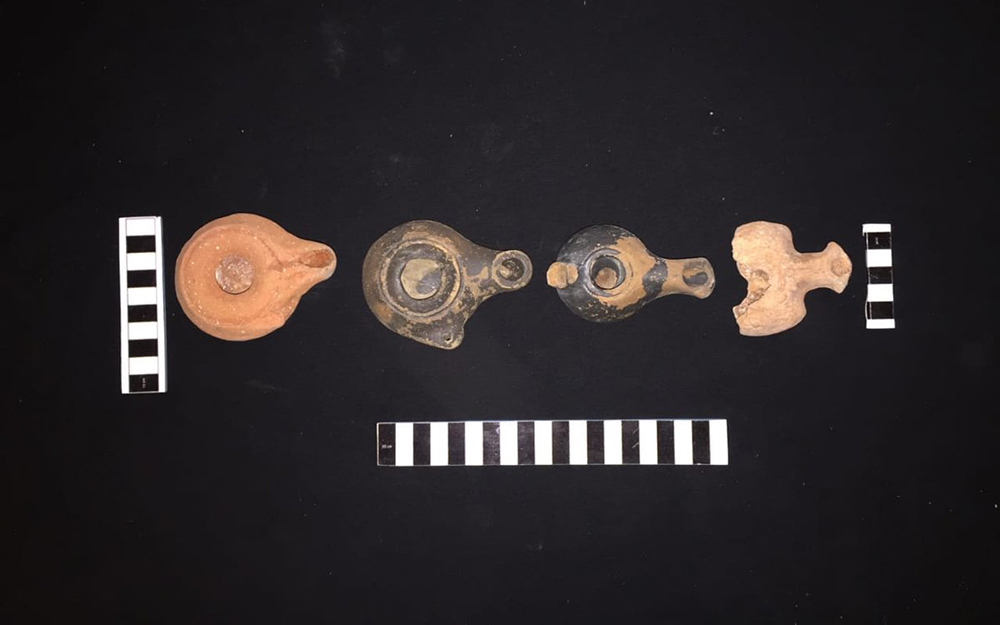2,000-Year-Old Winery Discovered in Egypt's Nile Delta

Archaeologists recently uncovered ancient storage rooms in a 2,000-year-old winery, at a site in Egypt's Nile Delta to the north of Cairo.
Inside these rooms — which appeared to be climate-controlled for keeping wine — archaeologists also found coins, pots used in winemaking and other pottery objects, said officials with the Ministry of Antiquities for the Arab Republic of Egypt (MOA), who shared the find in a Facebook post today.
The rooms were linked to a larger winery complex, which had already been partly unearthed during earlier excavations. Based on evidence gathered during this latest dig, experts suspect that there may be additional buildings nearby, which housed the winery's employees and their supervisors thousands of years ago, according to the Facebook post. [In Images: An Ancient Palace Wine Cellar]
The winery was built in what is now the Beheira governorate on Egypt's northern coast, during the Greco-Roman era — which lasted from the fourth century B.C. to the seventh century A.D., the Associated Press reported. During that time, this region of the Nile Delta was renowned for producing some of the finest wine in Egypt, Ayman Ashmawy, head of ancient Egyptian artifacts at MOA, said on Facebook.
Walls that made up the newfound storage chambers were thick and built from mud bricks; in some places, the walls incorporated limestone slabs of different sizes. This building technique probably helped to cool the chamber and regulate the temperature of the stored wine, Mostafa Waziri, general secretary of Egypt's Supreme Council of Antiquities, said on Facebook.
A set of kilns and assorted pottery artifacts associated with daily activities was found alongside coins that spanned centuries: from the time of Ptolemy I Soter, a successor of Alexander the Great who ruled Egypt from 323 B.C. to 285 B.C., to the Islamic conquest from A.D. 639 to A.D. 646, MOA reported.
Archaeologists also found painted shards that may have once covered a building's walls, as well as fragments of a mosaic layer that could have decorated the floor. These decorative elements hint at the presence of yet another building in the winery complex — possibly a residential structure for people who worked there, Ashmawy said.
Get the world’s most fascinating discoveries delivered straight to your inbox.
- Image Gallery: Amazing Egyptian Discoveries
- Photos: 2,000-Year-Old Tombs Found in Egyptian Oasis
- Photos: Ancient Egyptian General's Tomb Discovered in Saqqara
Originally published on Live Science.

Mindy Weisberger is a science journalist and author of "Rise of the Zombie Bugs: The Surprising Science of Parasitic Mind-Control" (Hopkins Press). She formerly edited for Scholastic and was a channel editor and senior writer for Live Science. She has reported on general science, covering climate change, paleontology, biology and space. Mindy studied film at Columbia University; prior to LS, she produced, wrote and directed media for the American Museum of Natural History in NYC. Her videos about dinosaurs, astrophysics, biodiversity and evolution appear in museums and science centers worldwide, earning awards such as the CINE Golden Eagle and the Communicator Award of Excellence. Her writing has also appeared in Scientific American, The Washington Post, How It Works Magazine and CNN.


